The unique aroma of lavender has no equivalent among any other herb. Lavender has been known as an aromatic plant since ancient times. Lavender is native to the Mediterranean region. As a wild plant it is found in southern France, the Alpes-Maritimes, eastern Spain, Italy and North Africa. With the development of the perfumery industry, the area of cultivation expanded, including the Balkan countries, the countries of the Black Sea basin, the USA, Great Britain, Australia, etc.
It is widely used even in folk medicine, but most often it is used as a herb or as an decoration. Lavender flower is an insecticidal agent, especially against the clothing moths and in the civilized world it has superseded the use of naphthalene for domestic purposes. Lavender is a valuable nectariferous plant. Bees collect 10-18 kg of honey from 1 acre. Lavender is also used as a spice. It takes part in the famous herbe de Provence spice blend, and this is just one small part of the wide application of this incredibly fragrant flower.
Lavender is a genus of plants from the Ursaceae family. A low-growing semi-shrub or shrub with blue aromatic flowers, often grown in gardens. Lavender is a perennial plant that reaches a height of 40-80 cm.
The flower-bearing stems of the inflorescence of the lavender plant are annual, reaching a length of 20–40 cm. In broad-leaved lavender, they are longer and branched, and their number per plant reaches up to 1000. Broad-leaved lavender is characterized by more compact inflorescences. The fruit is a one-seeded, dry, smooth with a shiny black color.
Lavender leaves are linear or linear-lanceolate, sessile with a downward curled margin. They are located opposite and covered with trichomes. A peculiarity is that the leaves of the narrow-leaved lavender are gray-green, while those of the broad-leaved are more abundantly covered with hairs and have a whitish color. Lavender is an evergreen plant and changes its leaves alternately.
Lavender flowers are small, bisexual, ring-shaped in an inflorescence. The corolla is a funnel between two lips — with two long lobes on the upper lip and 3 short lobes on the lower. It is colored in white, pale pink, violet or blue. There are 4 stamens. Hybrid lavender's flowers are large and sterile, which distinguishes it from deciduous lavender.
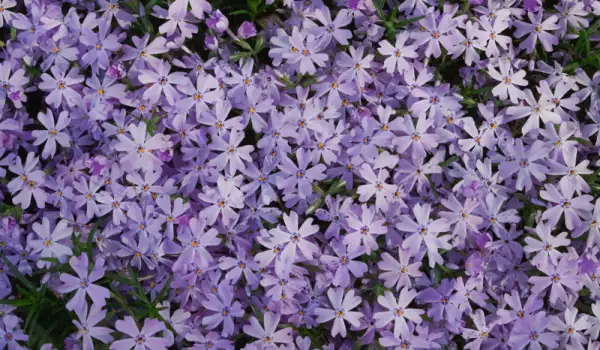
Lavender is grown for the inflorescences from which essential oil is extracted. It is used in the perfumery, soap, paint and ceramic industries. Lavender oil has a yellow-green color. Well stored, it has a strong, rich aroma that is barely distinguishable from the aroma of the flowers. The delicate aroma of lavender oil is accentuated if it is diluted with alcohol. Lavender essential oil contains: linalyl acetate, linalool, geraniol, borneol, cineole, pinene, camphor, coumarin, etc. The most valuable is linalyl acetate, and depending on the growing conditions, this ester varies from 30 to 60%.
The highest quality French lavender oil is believed to be obtained from alpine lavender fields. Bulgarian lavender oil is characterized by a lasting fine aroma, although the content of linalyl acetate is low. The Bulgarian lavender composition and aroma of the oil is not inferior in quality to the world equivalents.
Composition of lavender
Lavender contains approximately 3% essential oil, the main ingredients of which are esters of the alcohol linalool and especially linalyl acetate /from 30 to 60%/. They give the characteristic pleasant aroma of the herb. It also contains cineole, borneol, geraniol and some other terpenes. Along with essential oil, lavender contains up to 12% sugars, tannins, organic acids, mineral salts, anthocyanins and others.
Preservation of lavender
Lavender is n herb that loves light and at the same time is very resistant to drought and cold. Enrich well with mineral salts the soil on which you want to grow the herb. The plant likes moderate moisture because excessive soil moisture will impair the quality of its oil.
Benefits of lavender
Lavender has quite beneficial effects on the human body. It has a nerve-soothing, pain-relieving, disinfecting and diuretic effect. The diuretic action is due to terpineol, and the other actions - mainly to the essential oil. Lavender is used for neurasthenia, cardiac neurosis, migraine. In folk medicine, lavender is used even for schizophrenia, paralysis, gas, gastritis, insomnia, dizziness, rheumatism, and also for rapid heartbeat, headache, stomach pain.
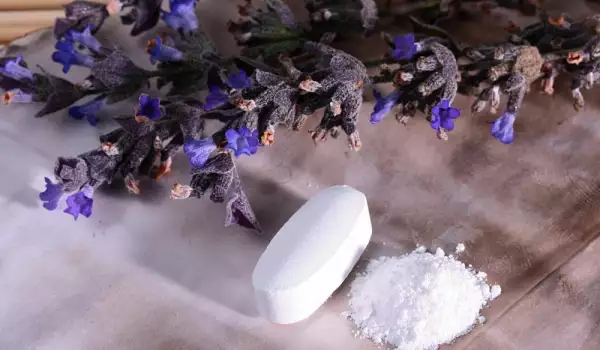
Externally lavender is used for stomachache, paralysis, rheumatism, bruises, stings and insect bites, gargling for toothache, gargling for sore throat. The flowers of the plant placed between the clothes repel moths. The oil of lavender, dissolved in alcohol, is used as a rub for colds, neuralgia, rheumatism. For internal use, it is good to prepare a decoction of 1 tbsp. of the lavender herb, which is poured with 400 ml of boiling water. Soak for 1 hour, then drink 100 ml 15 minutes before meals. The procedure with the lavender decoction is applied 4 times a day.
Lavender in cosmetics
Lavender oil is one of the most valuable oils in cosmetics. It is used against hair loss, acne and dandruff, it helps to restore cracked skin because it promotes cell regeneration. Although weaker, lavender water has the same effect. It can be used for daily skin toning and as an ingredient in face masks - for example with fuller's earth.
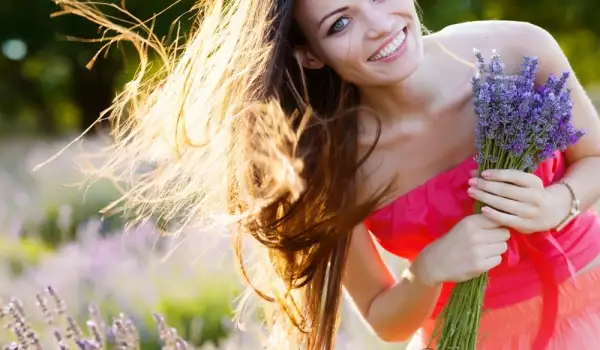




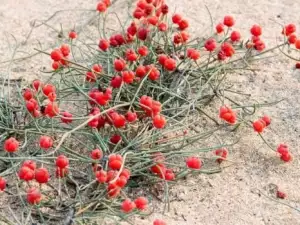
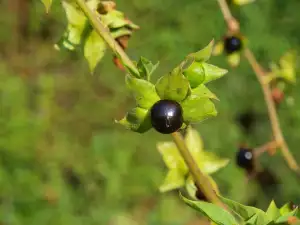
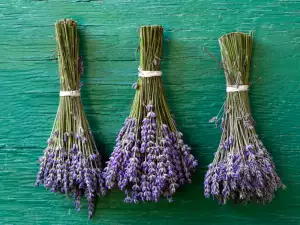


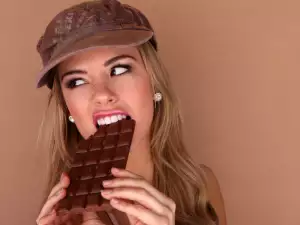

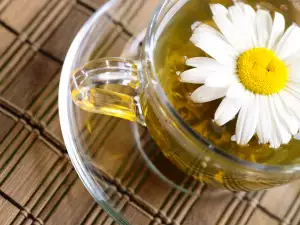
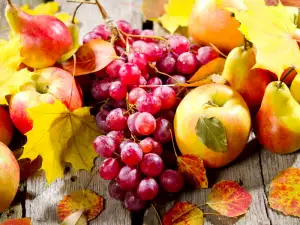
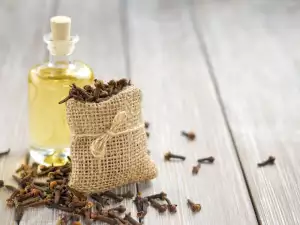





Comments